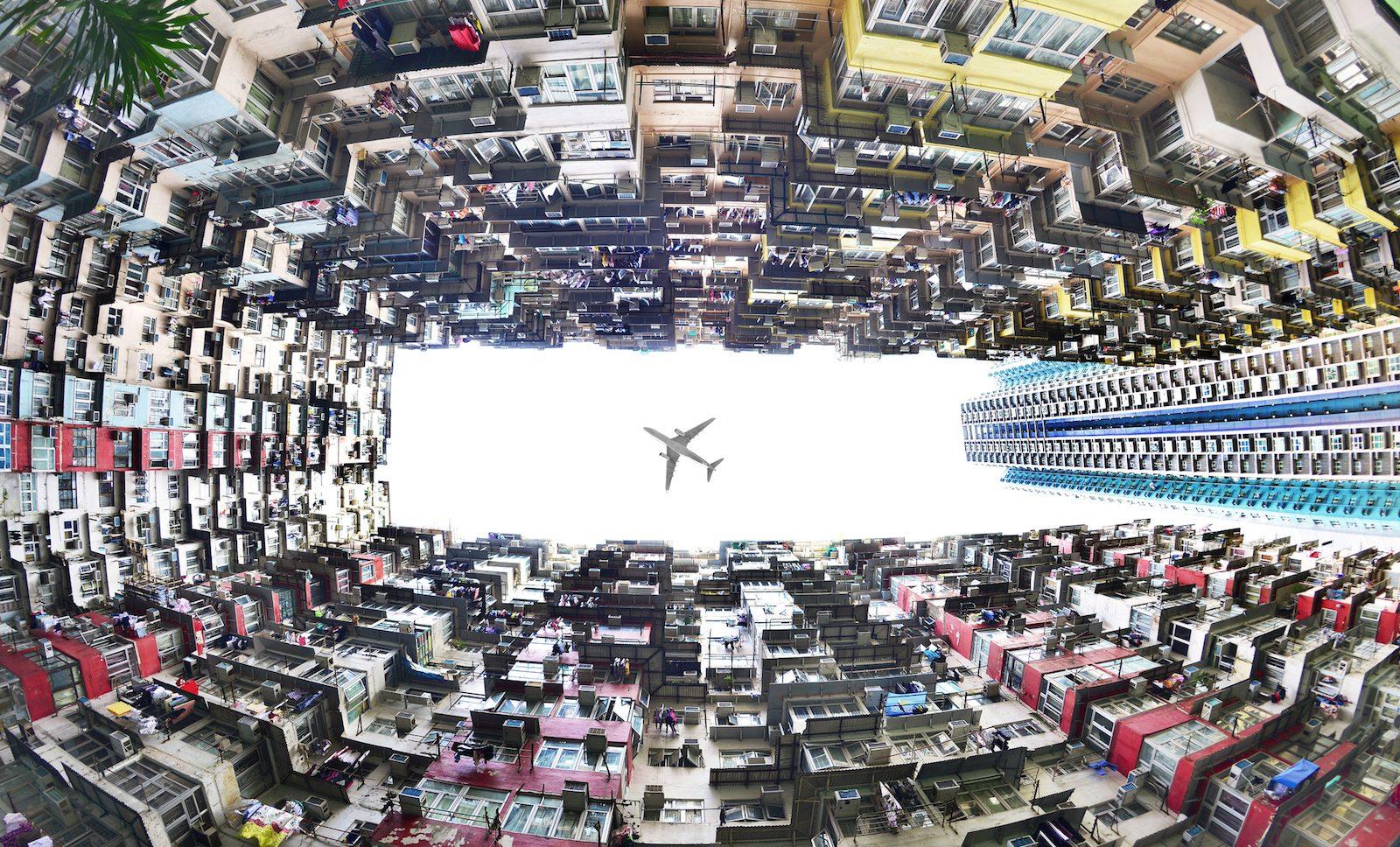China's Export Juggernaut Defying And Denying Trump's Tariffs
Despite the US president's best efforts, China's trade surplus is on track to end 2025 at US$1.2 trillion, topping last year's nearly $1 trillion figure. The reason is that China has become adept at adapting, diversifying markets, rerouting supply chains and shifting its focus to sectors less exposed to US tariffs.
Shipments to Southeast Asia, for example, are topping their peak during the Covid-19 era. In August, exports to India reached an all-time high, while sales to Africa are on track to follow suit.
Ironically, the Trump 1.0 period catalyzed China Inc not just to sandbag the export sector but also to increase competitiveness in ways that the Trump 2.0 gang hadn't noticed, notes Arthur Kroeber, head of research at Gavekal Dragonomics.
Chinese exporters now“have plenty of workarounds through transshipment and relocating late-stage production to lower-tariff countries,” he says.
These rules-of-origin-bending transshipments, of course, have painted a target on the backs of several export-geared Southeast Asian economies. Trump has pledged to punish countries engaging in the large-scale arbitrage of passing Chinese goods through lower-tariff countries to avoid US levies.
It remains an open question whether Trump will carry through on such threats. But China's overcapacity is accelerating de-industrialization in parts of Southeast Asia. The heirs apparent to China's low-cost manufacturing throne - including Vietnam, Indonesia and Thailand - may be seeing their“China+1” dreams dashed.
Along with China sharing – some say dumping – its overcapacity with the region, regional economies are suffering from political volatility, weak infrastructure and inconsistent policies. Vietnam, for one, is increasingly exposed to the same global headwinds battering China.
For all of Indonesia's talk about electric vehicle factories and nickel exports, its industrial base remains fragile. Thailand's political gridlock and aging demographics are holding back the so-called“Detroit of Asia.”
Leaders in Hanoi, Jakarta and Bangkok talk a great game of reimagining their economies for a post-industrial age. But rather than investing big in education, championing digitalization and easing up on civil liberties curbs to unleash entrepreneurial free spirits, most governments are doubling down on yesterday's growth strategies.
All this puts Southeast Asia in a difficult position. How the region contains the potential damage to domestic industries as China's exports boom without angering the globe's biggest trading nation is anyone's guess. Here, Mexico is something of an outlier among developing nations, as it threatens to impose a 50% tariff on China.

Legal Disclaimer:
MENAFN provides the
information “as is” without warranty of any kind. We do not accept
any responsibility or liability for the accuracy, content, images,
videos, licenses, completeness, legality, or reliability of the information
contained in this article. If you have any complaints or copyright
issues related to this article, kindly contact the provider above.
Most popular stories
Market Research

- Cartesian Launches First Outsourced Middle-Back-Office Offering For Digital Asset Funds
- R0AR Launches Buyback Vault: Bringing 1R0R To R0AR Chain Unlocks New Incentives
- FBS Analysis Shows Ethereum Positioning As Wall Street's Base Layer
- Bydfi Joins Korea Blockchain Week 2025 (KBW2025): Deepening Web3 Engagement
- Ethereum Based Meme Coin Pepeto Presale Past $6.6 Million As Exchange Demo Launches
- Moonbirds And Azuki IP Coming To Verse8 As AI-Native Game Platform Integrates With Story


























Comments
No comment